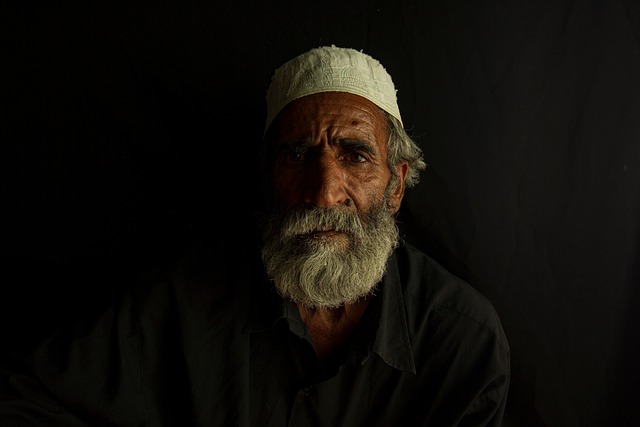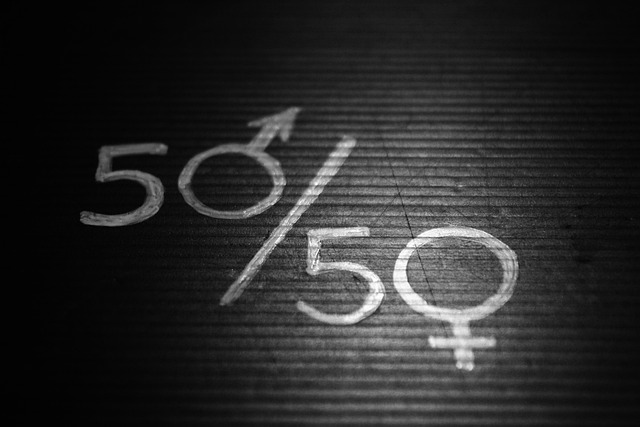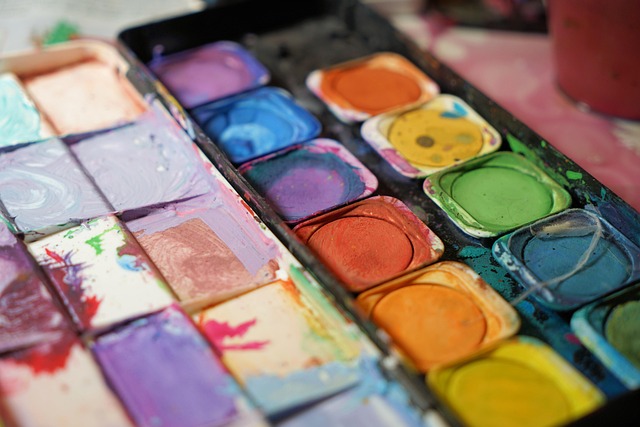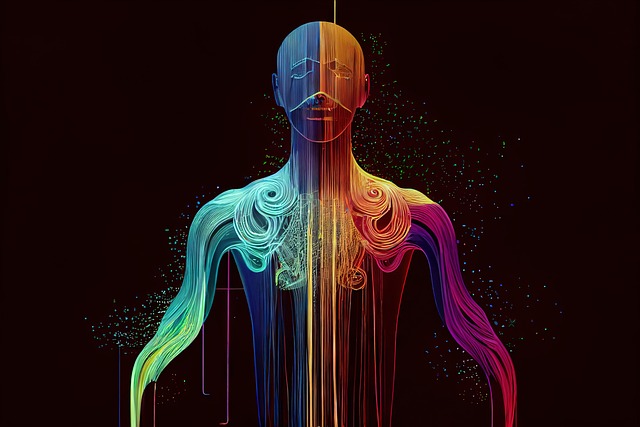Mastering the Art of Studio Photography: A Designer’s Guide
When it comes to studio photography, the interplay between art and design creates a rich tapestry that can elevate your visuals to new heights. As a designer, understanding the nuances of this intimate and controlled environment can provide you with the tools necessary to bring your creative visions to life.
The Essence of Studio Photography
Studio photography is not just about capturing images; it’s about crafting a narrative through lighting, composition, and styling. The studio offers a blank canvas, allowing you to manipulate every element within the frame. This control is what sets studio photography apart from other forms. You can orchestrate the scene like a conductor directing a symphony, ensuring that every aspect harmonizes perfectly.
Creating Atmosphere
The atmosphere in studio photography is critical. As designers, we have a unique language to convey mood and emotion through visual elements. Lighting is perhaps the most powerful tool at your disposal. Softboxes can create ethereal, flattering light, while harsh, direct lighting can evoke a more dramatic feel. Experiment with different setups to discover how you can manipulate shadows and highlights to enhance your subject’s features and convey the desired vibe.
Composition and Color Theory
Composition in studio photography should follow the principles of design you’re already familiar with. The rule of thirds, leading lines, and symmetry can all play a significant role in creating captivating images. However, it’s essential to remember that breaking these rules can also yield unique and striking results.
Color theory is equally crucial in studio photography. The palette you choose can drastically affect the viewer’s perception and emotional response. Utilize color gels on your lights to create a mood that aligns with your vision. A warm hue might evoke feelings of comfort, while cooler tones can create a sense of calm or even tension. As a designer, your understanding of colors can help you craft images that resonate deeply with your audience.
Props and Backgrounds
In the studio, the choice of props and backgrounds can transform a simple shot into a compelling story. Whether you opt for minimalistic designs or elaborate setups, each item should enhance your narrative. Think of these as the supporting characters in your visual tale. A well-chosen background can either contrast with your subject to make it stand out or blend seamlessly to create a cohesive look. Consider how textures and patterns can add depth and interest to your composition.
Post-Processing: Finishing Touches
Your work doesn’t end with the click of the shutter. Post-processing is where you can refine your studio photography to truly align with your artistic vision. Utilize software to adjust lighting, contrast, and color balance. This stage allows you to enhance the mood you’ve already created and add that professional touch that elevates your artwork. Just remember, the goal is to enhance, not to over-process, keeping the authenticity of your subject intact.
In the realm of studio photography, every element from lighting to composition, and props to post-processing is an opportunity to express your unique artistic voice as a designer. Embrace the process, experiment with different techniques, and most importantly, let your creativity flow. The studio is a playground for your imagination, and mastering its art will undoubtedly enrich your design journey.




